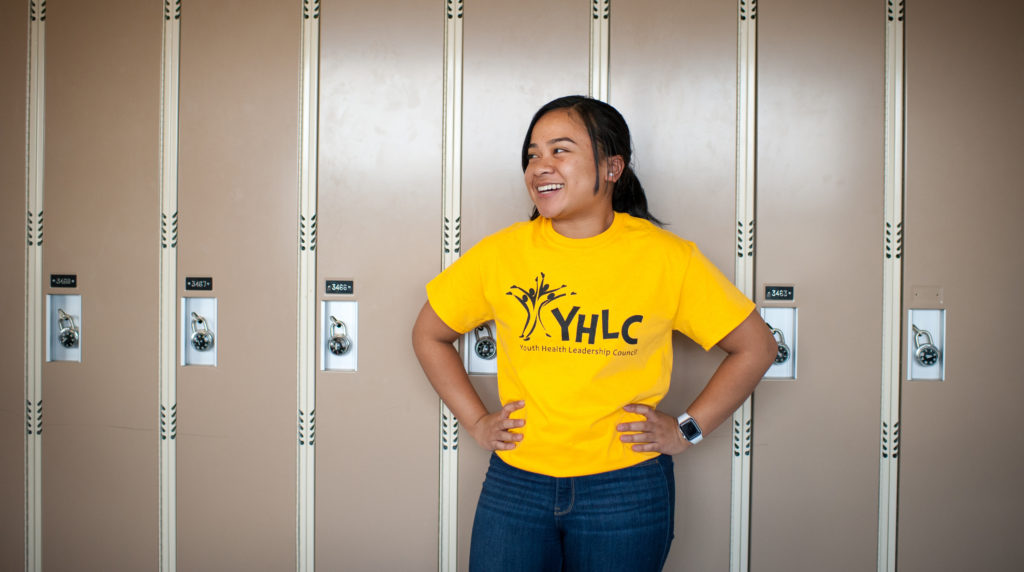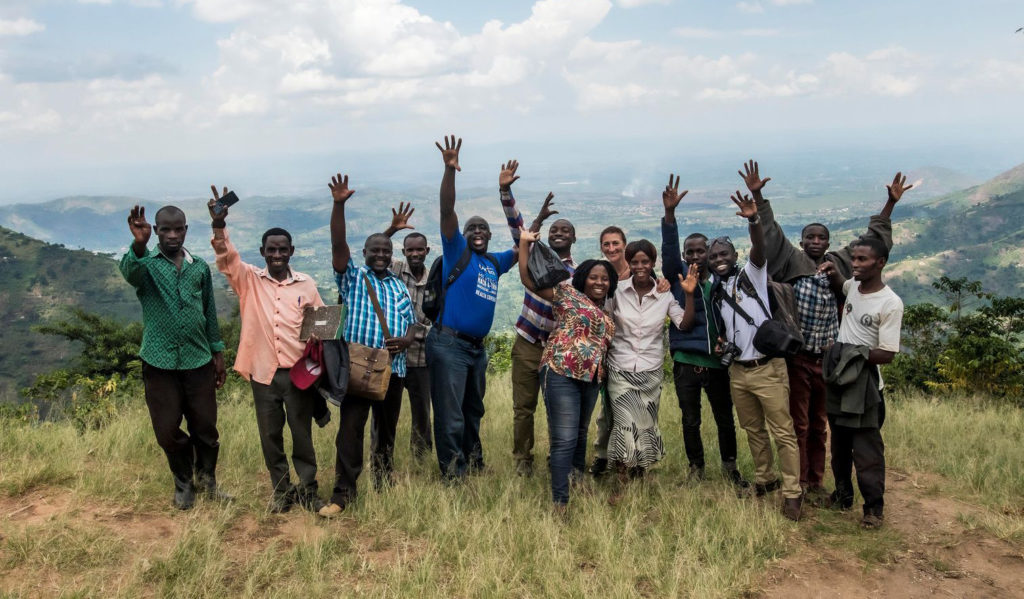You may have heard the term “contact tracing” included in reopening plans for the United States following the first wave of the COVID-19 pandemic. It’s the latest concept from the world of public health (following on the heels of physical distancing and flattening the curve) to become part of our everyday conversation.
Contact tracing is a strategy that seeks to break the chain of transmission of infectious diseases such as COVID-19 by rapidly identifying, notifying and isolating individuals who have recently been in contact with a newly diagnosed patient.
“People need to know you have their best interests in heart. They need to trust in the system and understand what you’re trying to accomplish, and communication is one of the most important parts of that response.”
At its core, contact tracing is a people-centered process that requires trust, empathy and good communication skills, explains Louise Ivers, MD, MPH, the executive director of the Center for Global Health at Massachusetts General Hospital.
How Contact Tracing Works
The size, scale and intensity of contact tracing efforts vary depending on the size of the outbreak, the resources available to health officials, how aggressively the government wants to pursue it and how much information the public is willing or required to share.
Here’s how the process typically works in a state like Massachusetts. When a patient is diagnosed with COVID-19, a representative from their town or city health department will call them to learn as much as they can about where that person has been and who they have recently interacted with.
The goal is to create a comprehensive list of contacts—individuals who have been exposed to that person long enough to be infected. For COVID-19, a contact is defined as someone who was within six feet of an infected individual for 10-15 minutes.
Health officials will then reach out to these contacts to advise them of their potential for exposure, recommend they get tested and encourage them to stay isolated for two weeks.
To protect the privacy of the patient, contacts are not told who may have exposed them to infection — only that they have potentially been exposed.
Challenges and Limitations
While contact tracing can be an effective way to limit the spread of disease, it does have some challenges and limitations. For one, the standard used to designate someone as a contact for COVID-19 is an admittedly imperfect one, as it only accounts for the time of exposure, not the context of that exposure.
“We estimate that a 10-15 minute period of exposure is significant, but it could be that you are with someone at an inopportune moment, such as when they sneeze or cough, and that time could be much shorter,” Dr. Ivers explains.

The newly diagnosed patient may also not know or not remember everyone whom they have been in contact with over the past two weeks. They may also be reluctant to share that information due to concerns about privacy or mistrust of government officials.
“There’s always tension between what public health officials would like to know in order to control a pandemic and what is a reasonable amount of private information that individuals are willing to trust officials with,” Dr. Ivers acknowledges.
That’s why it is important for contact tracers to have good interviewing and interpersonal skills, Dr. Ivers says, and for public health officials to work on building trust.
Turning to Technology
Could smartphone-based technology help to solve some of these challenges?
That’s the complex question Dr. Ivers is exploring in collaboration with researchers Ron Rivest, PhD, and Daniel Weitzner from the Massachusetts Institute of Technology. Rivest and Weitzner have created a platform called PACT: Private Automated Contact Tracing, which seeks to support contact tracing efforts using low energy Bluetooth signals from smartphones.
Smartphones emit anonymous, random Bluetooth signals or “chirps” on a continuous basis. Each phone logs the chirps that it receives from other phones that are nearby, and the strength of these chirps can be used to approximate distance.
“The Sullivans’ leadership gift is critical to accelerating this work that will help policy makers reopen the economy and society safely.”
Under the system being developed by the PACT team, public health officials in each state could use these chirps to securely identify and notify potential contacts of a newly diagnosed COVID-19 patient.
When a patient is diagnosed, he or she could upload their chirp data to a state-run contact tracing app. Individuals who meet the criteria for a contact and have the app on their phone would then receive a message notifying them of the potential exposure. The system would be designed to protect the identity of the patient and any potential contacts.
“There’s a lot to learn about the detector function in phones in terms of precise it is, how well will people accept this idea and how it will integrate into public health overall,” Dr. Ivers says. “But I think it’s an exciting space to watch.”
Philanthropy is Essential
Contact tracing has important implications for now and into the future, both at home and globally. “I am especially grateful to Dan and Marjorie Sullivan and the Sullivan Family Foundation for their recent transformational gift to support our efforts in the pandemic response,” Dr. Ivers says. “The Sullivans’ leadership gift is critical to accelerating work that will help policy makers reopen the economy and society safely.”
Cooperation is Crucial
Technological advances like those developed by the PACT team could help to improve contact tracing, but they can’t replace the personal connections that are crucial to its effectiveness, Dr. Ivers says.
“In public health, we’ve learned that you can’t force people to comply with regulations about infectious disease transmission,” she says. “It has to come from the other way around.”
“People need to know you have their best interests in heart. They need to trust in the system and understand what you’re trying to accomplish, and communication is one of the most important parts of that response.”
Save and share our contact tracing graphic on social media:

To learn how you can support the Mass General Center for Global Health, please contact us.
This story was first published in Bench Press, a publication of the Mass General Research Institute.


